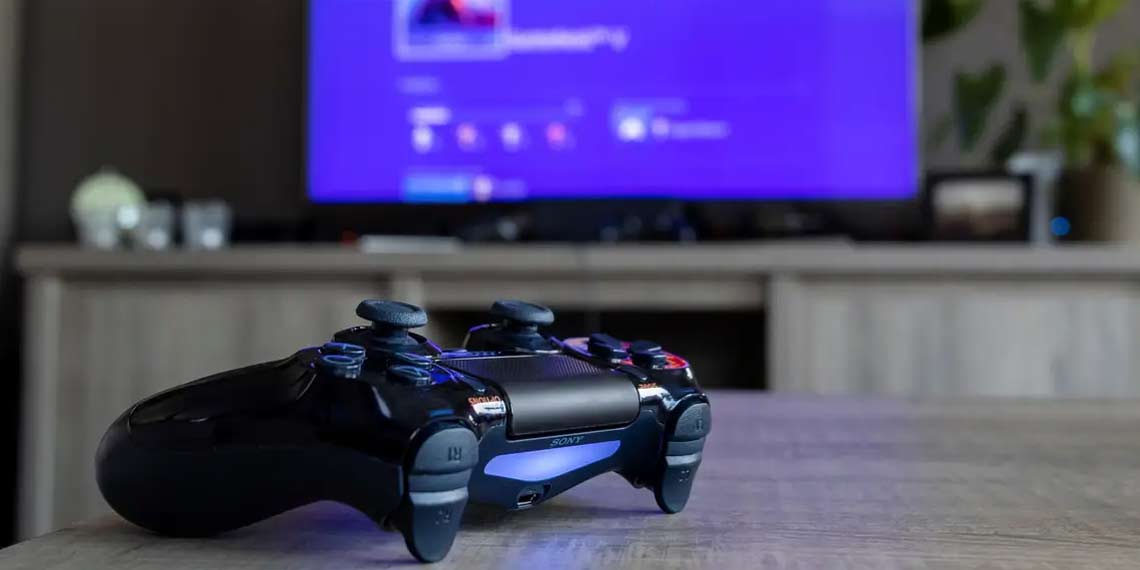Google is preparing a big news on board the next Pixel 6 smartphone that should debut soon:
the processor will in fact be proprietary, designed in-house and built in collaboration with Samsung. The clues had appeared for months and became more and more insistent until a precious clue emerged in the past few hours. What are the (numerous) advantages of a Google chip on the next Pixels?
The first rumors appeared in early April thanks to 9to5google citing the codename of Whitechapel to define an 8-core Arm processor that Google and Samsung were busy designing for the next generation of Pixel. About a month later, the same portal reports a semi-final confirmation of the project, with the mention of the code name that appears in the code of a new version of Android. It is also associated with a smartphone called P21 which is undoubtedly one or a series of Pixels (P) of 2021 (21).
It is not the first time that a dedicated hardware is mounted on the Pixel from Mountain View, as already happened with the Pixel Visual Core for the A.I. camera from Pixel 2 or Pixel Neural Core for Pixel 4 and 4 Xl which improved Google Assistant without forgetting the Titan M security chip , to encrypt sensitive information and manage biometric data. The implementation of a proprietary chip would be an almost natural step for the Pixels, which could thus exploit all the exclusive advantages of a custom-made chip and not present on other models of other brands, to the benefit of software and solutions that would remain the prerogative of google-fonini.
Practical example: the much appreciated GCam , that is the Pixel camera that uses proprietary algorithms, uses the Snapdragon chip present on many other smartphones with the result that with a little back-engineering it is possible to adapt it to many other mobile phones. A procedure on illegal paper, but on which Google can do little. With a Google chip this problem would no longer exist and at the same time there would be much more freedom of development than in previous generations.
Whitechapel could push even more intensely than the previous components in all the directions in which Google is aiming at the Pixels: camera, security, voice assistance, text-to-speech and vice versa and even virtual and augmented reality . In short, so much possible meat on the fire for Pixel 6 and for the models that will come in the future, all that remains is to wait for next May 18 for more information on the occasion of the Google I / O 2021 in live streaming.














